
Ki Tisa: The Golden Calf
One of the most disturbing incidents in the Torah is the sin of the Golden Calf. The generation that witnessed the Revelation of God’s...

The Golden Calf
One of the most disturbing incidents in the Torah is the sin of the Golden Calf. The generation that witnessed the Revelation of God’s glory at Mount Sinai and heard the Ten Commandments is known as the Generation of Knowledge. How could such an elevated generation stoop so low as to make a molten calf and begin worshipping it?
Rabbi Yosef Dov Soloveitchik answers this question with an important Kabbalistic principle. Our performance of mitzvot has a profound impact on the spiritual world. Each mitzvah accomplishes specific rectifications in the Upper Worlds, according that mitzvah's underlying reasons and intentions.
For instance, as a result of the construction of the Tabernacle, the Shechinah, the Divine Presence, came to rest on man's works. The Tabernacle's many details carried Divine mysteries beyond human understanding, such as hints of the Divine Chariot and the secrets of creation. It contained an ark made of pure gold, crowned with the golden cherubim, which were, in effect, molten images. The Shechinah's Presence rested on the Tabernacle only after the construction was complete – down to the very last detail.
According to this principle, one could imagine that if a person knew the secrets of the Spiritual Worlds, he could make molten images that would bring the Divine Presence. Aharon (Aaron) was such as man, and the Children of Israel knew it.
A Substitute
“And the people saw that Moshe (Moses) had delayed in descending the mountain” (Shemot 32:1). The Children of Israel saw that Moshe did not descend from Mount Sinai at the appointed time, forty days after the Revelation. They were afraid that he was dead, and their imagination overwhelmed them to the point that they were convinced that Moshe, the leader who took them out of Egypt and brought them to Mount Sinai, was gone.
Moshe had stood between the Children of Israel and God. He was the intermediary that brought the Divine Presence to the people. They needed a replacement, and turned to the greatest man of the generation, Aharon, whom they knew could build a resting place for the Divine Presence with his knowledge of the Spiritual Worlds.
“And the people gathered around Aharon and said to him, ‘Rise up, make for us gods that will go before us, for this man Moshe who brought us up from the land of Egypt – we do not know what became of him” (Ibid.)
They had good intentions. They wanted to continue to hear God’s commandments. With Moshe (apparently) gone forever, they assumed that the molten image that Aharon would make out of gold would serve as the intermediary between the people and God.
So what was their sin?
The Red Heifer
Based on a Midrash concerning the mitzvah of the Red Heifer, Rabbi Soloveitchik explains, "This is comparable to the son of a maidservant who dirtied the royal palace. The king said, ‘Let his mother come and clean up the mess made by her son.’ Similarly, God said, ‘Let the heifer come and atone for the sin of the Golden Calf’” (Midrash Rabbah, Parshat Chukah).
The mitzvah of the Red Heifer is the quintessential chok — a mitzvah whose reason we cannot fathom, as the Torah describes it: “This is the chok of the Torah!” (Bamidbar 19:2). The Torah commands us to slaughter a red heifer, burn it outside the Camp of Israel, and use the ashes to purify the ritually impure. While those who burned the heifer and handled the ashes became impure, those same ashes purified the impure! Because of this contradiction, Shlomo HaMelech (King Solomon), who was the wisest of all men, concluded that the wisdom of the Torah was beyond him.
If the essence of the Red Heifer is that it is a chok, a mitzvah without reasons understandable to man, why does the Midrash give a reason for it, namely, that it comes to atone for the sin of the Golden Calf?
It atones for the sin, explains Rabbi Soloveitchik, because it corrects the Children of Israel’s mistaken way of thinking.
It is true that our deeds have profound effects in the Spiritual Worlds, but this is on condition that the Torah commanded us to do those deeds. So it was with the construction of the Tabernacle. It was only after God commanded the Jews in the desert to make the molten images of gold, and after they fulfilled His will, that the Divine Presence rested in the works of their hands.
The spiritual rectification that is a result of our mitzvot is because we are fulfilling the will of God. The deed alone accomplishes nothing.
On the contrary, it was a sin for the Children of Israel to make a molten calf without God having commanded them to make one – even though the molten images in the Tabernacle would be the resting place of the Shechinah!
[In fact, they were commanded to construct the Tabernacle months later, on the 11th of Tishrei (the seventh month). The sin of the Golden Calf took place on the 17th of Tammuz (the fourth month)].
This is the intention of the Midrash. “Let the heifer come and atone for the sin of the Golden Calf.” The Sages did not intend to give reason for the Red Heifer. In reality it is a chok, a commandment without a reason understandable to man. However, by fulfilling a commandment without comprehending its underlying reason, the Children of Israel atoned for the sin of the Golden Calf.
They demonstrated that they understood that a Jew must do the mitzvot because they are the Creator’s will, and for no other reason. By fulfilling a chok, they rectified the error they made by following after their own reasoning and cleverness.
The Children of Israel’s error was one that, in a different form, is not uncommon even today. They thought they had the right to create another “tabernacle” that would suit their needs, as they saw them. However, Jews cannot custom-tailor their religion or their Sanctuary. Judaism is not a man-made religion, our role as Jews is to fulfill the Divinely given mitzvot and not seek any tailor-made “golden calves.”




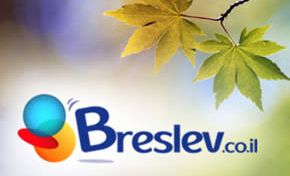
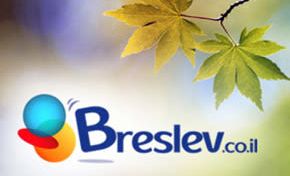

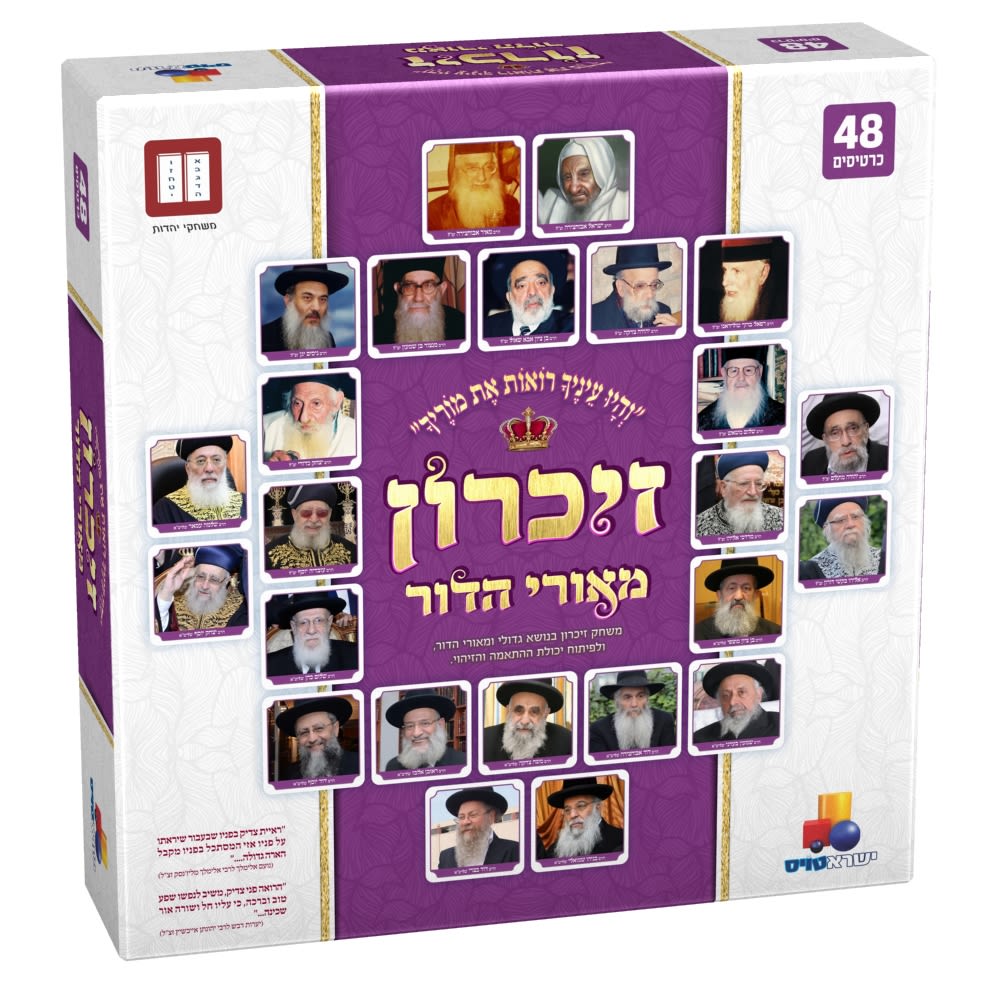

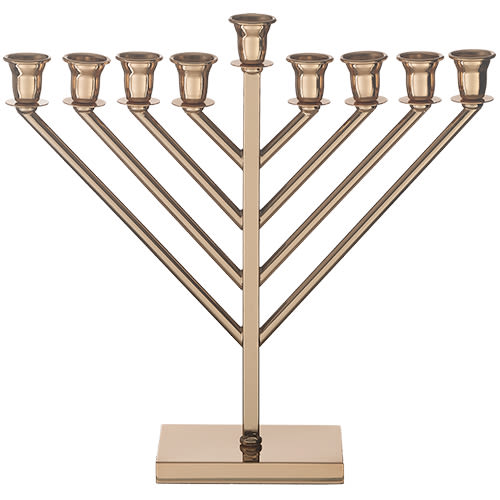
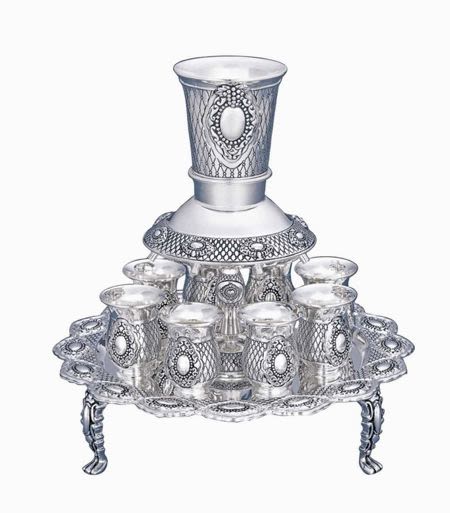
Tell us what you think!
Thank you for your comment!
It will be published after approval by the Editor.